Tụi mình thích món Zaru soba của Nhật lắm, món này đơn giản, tự làm ở nhà được, ăn lại thanh, mát, mới đầu thấy nó cũng thường, sau ăn riết đâm ra ghiền. Quán này được Fb gợi ý bán soba do đầu bếp làm sợi mì tại chỗ nên tụi mình mò tới ăn thử.
Địa chỉ:
78/1 Phạm Viết Chánh, P. 19, Quận Bình Thạnh, TP. HCM
Sau đây là 1 vài đánh giá của tụi mình:
Vị trí: không biết sao tụi mình đi mấy lần mới thấy. Vì tụi mình dựa theo tên quán trên Fb là Yamabushi nhưng tới nơi nó tên khác, lại không thấy địa chỉ nên rất hoang mang. Hóa ra nó đổi tên là Toride, nằm ngay đầu hẻm bên tay trái, hẻm này đối diện chốt dân phòng luôn nha.
Không gian: bên ngoài nhìn nhỏ nhỏ, treo lồng đèn, trang trí như các quán Nhật mình thường thấy trên phim. Bên ngoài có để menu để bạn tham khảo trước.
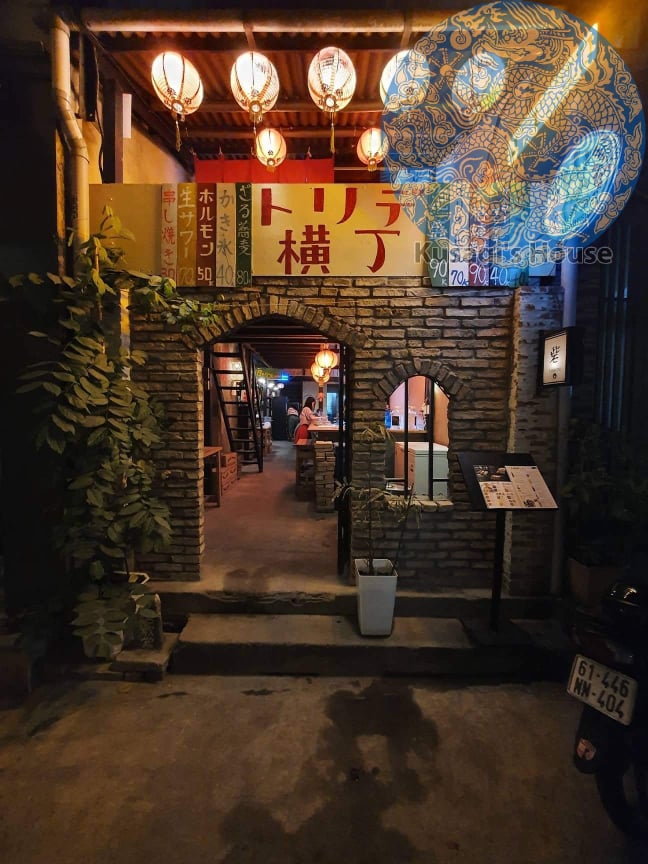
Lúc bước vô trong mình còn ngạc nhiên hơn, chưa bao giờ thấy quán nào bài trí như vậy. Vừa bước vào sẽ có quầy bếp bên phải, kế đến là 1 bàn dài, ở giữa bàn để trống, trát xi măng, lấp cát để mọi người để các lò nướng than lên, 2 hàng ghế dài 2 bên. Khách ăn phía dưới cứ vào ngồi san sát.
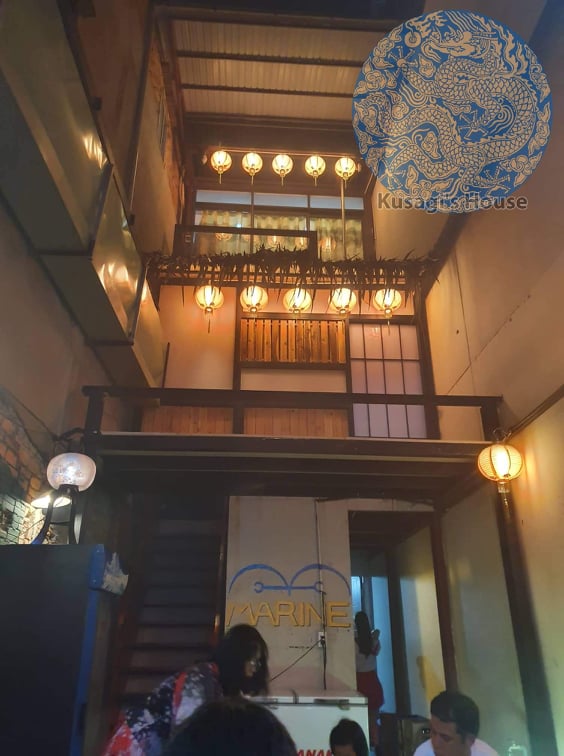
Mình để ý có trên lầu nữa, trên lầu để đèn xoay như vũ trường, mình đoán có quầy bar, nhưng mình không uống rượu/ bia nên không lên. Lần sau mình sẽ lên lầu khám phá thử.
Phục vụ: hơi ít người, nên đôi khi nếu món ăn lên chậm hoặc thiếu món bạn nên nhắc. Mấy bé phục vụ ở đây mặc đồ váy áo kiểu thủy thủ, có bạn thì choàng áo khoác kimono của Nhật. Anh chủ quán nhìn dị nhất, tóc dài, cột 2 bên và vẽ mặt như cướp biển, nhìn lạ và khá hài hước.
Thực đơn:
Mình thấy ngoài soba thì ở đây bán rượu bia và các món khác chủ yếu để nhắm ah. Thực đơn khá đơn giản nhưng cuối tuần ghé đây đổi không khí cũng vui.
Món ăn:
Tụi mình kêu 1 soda và 1 ly shochu. Soda không pha chanh đường nên uống như nước khoáng có ga (mình không chụp hình). Shochu ở đây có vị thơm nhè nhẹ, không nồng mùi cồn nhưng uống vào cảm giác nặng, cũng dễ xỉn đó.
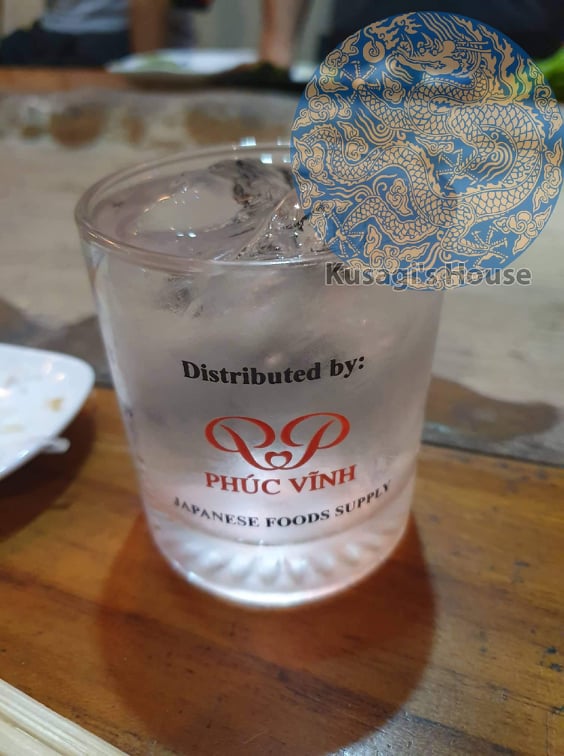
Vì tới chủ yếu vì món soba nên tụi mình gọi cả soba nóng và soba lạnh luôn.
- Soba lạnh sợi mì thơm, rất dai, nước chấm dọn kèm có mù tạt, củ cải và đồ chua. Nước chấm mặn mặn ngọt ngọt, chấm vừa, húp không vẫn cảm thấy ngon.
- Soba nóng: tô này ăn với nước cảm giác nhiều hơn hẳn. Vì ngâm trong nước lèo nên sợi mì không còn giữ được độ dai nữa, mau rục, nước lèo thanh, không có gì đặc biệt. Mình thấy không nên gọi món này.
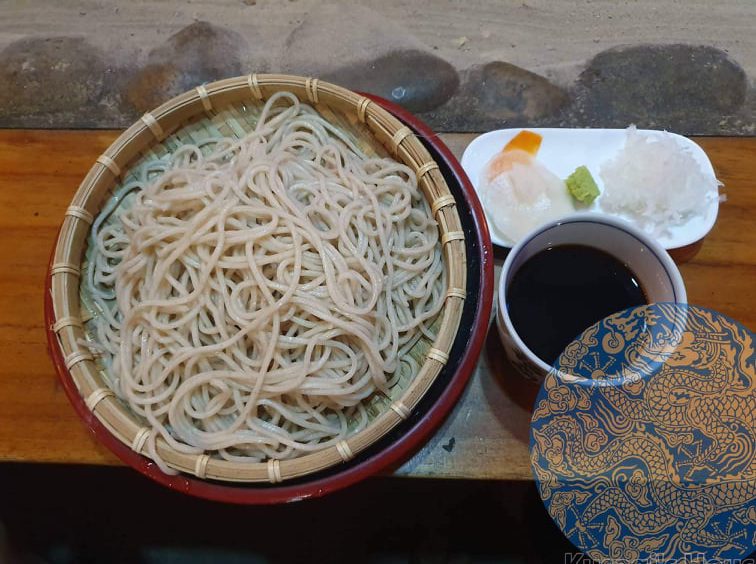
Soba (lớn) – 120k 
Hot soba (lớn) – 140k
Sashimi cá hồi, nhìn miếng cá hồi màu không được bắt mắt lắm, và khi dọn ra cảm giác đá chưa tan hẳn nên miếng cá vẫn còn lạnh lạnh của đá và bị lạt, không được béo, lát cắt nhìn cũng hơi chán. Nói chung đây cũng là món lần sau đến mình sẽ không gọi.

Để tráng bụng sau cùng, tụi mình gọi 1 món nướng: thịt heo, phô mai và kim chi cuốn trong giấy bạc nướng trên bếp than. Để trên bếp đến khi có khói bốc ra là mở ra ăn được, ăn khá ngon, kim chi đậm đà, có vị phô mai béo béo.
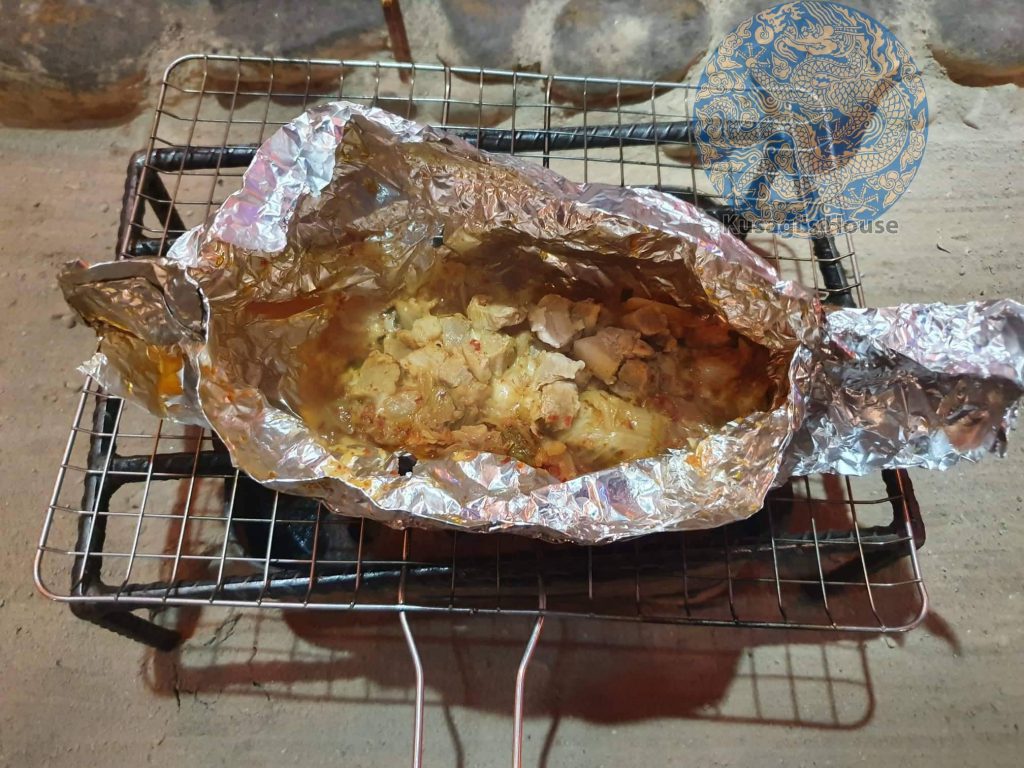
Thịt heo & kim chi – 55k 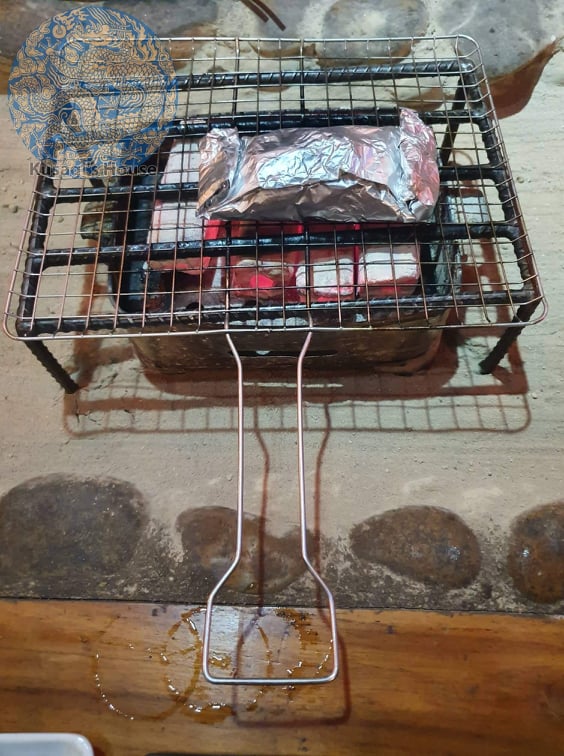
Giá cả: hợp lý, thích hợp để đổi gió, quán không tính VAT gì cả, muốn ăn no vẫn nên gọi thêm mì. Thiệt hại: ~440k/ 2 người.
Cảm ơn các bạn đã đọc bài viết. Hẹn gặp các bạn ở bài review tiếp theo.
Usagi

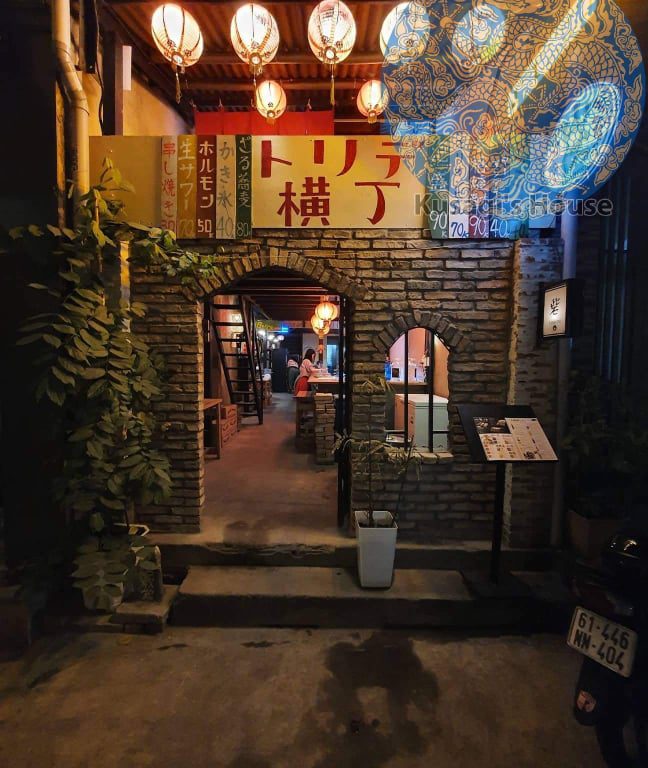
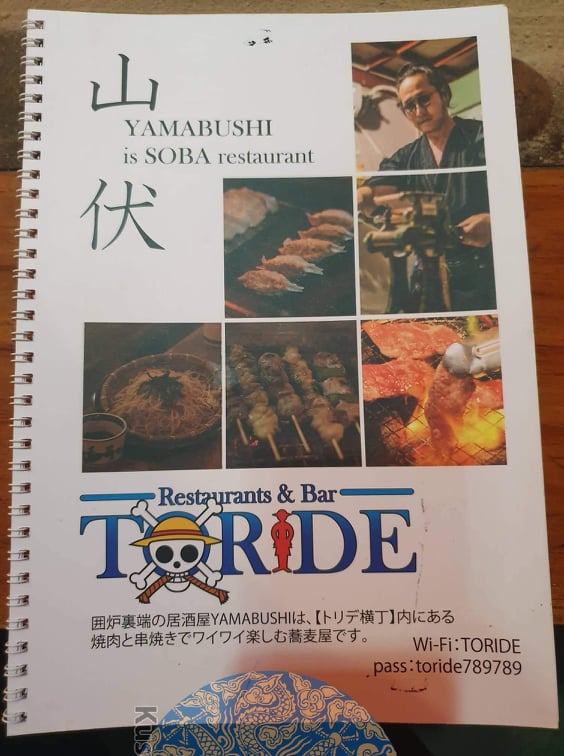
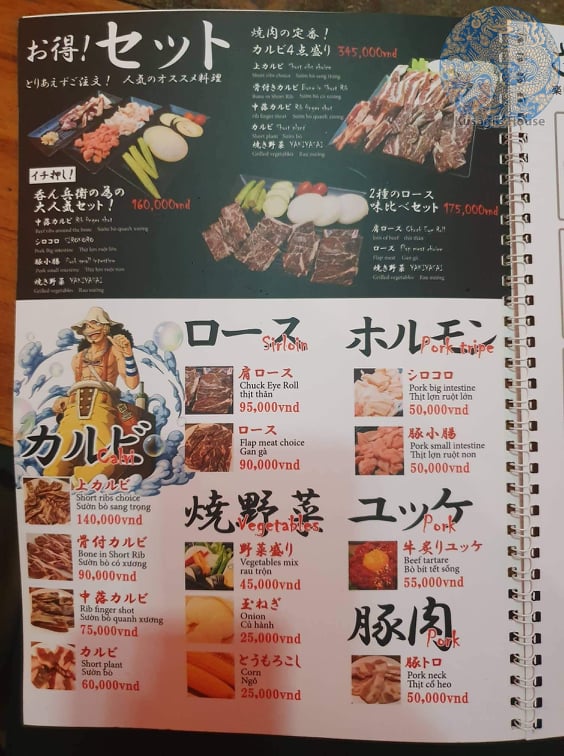


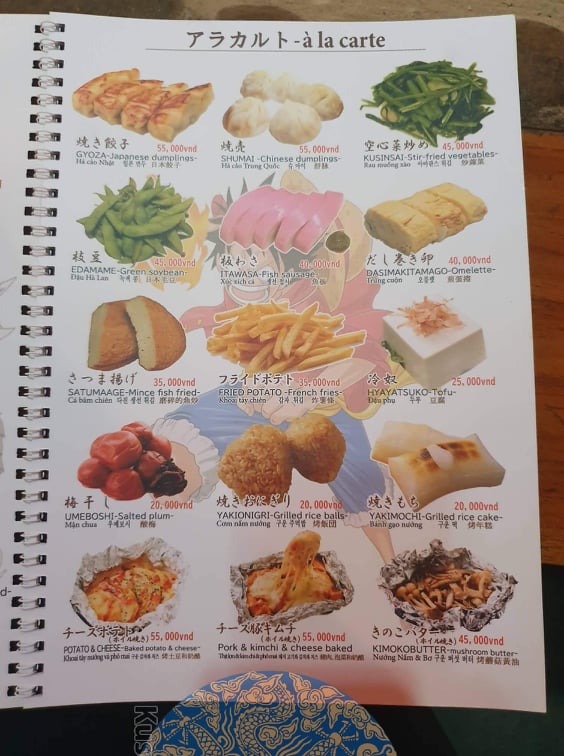
Читать далее электрик томск
Why axolotls seem to be everywhere — except in the one lake they call home
гей порно большой
Scientist Dr. Randal Voss gets the occasional reminder that he’s working with a kind of superstar. When he does outreach events with his laboratory, he encounters people who are keen to meet his research subjects: aquatic salamanders called axolotls.
The amphibians’ fans tell Voss that they know the animals from the internet, or from caricatures or stuffed animals, exclaiming, “‘They’re so adorable, we love them,’” said Voss, a professor of neuroscience at the University of Kentucky College of Medicine. “People are drawn to them.”
Take one look at an axolotl, and it’s easy to see why it’s so popular. With their wide eyes, upturned mouths and pastel pink coloring, axolotls look cheerful and vaguely Muppet-like.
They’ve skyrocketed in pop culture fame, in part thanks to the addition of axolotls to the video game Minecraft in 2021. These unusual salamanders are now found everywhere from Girl Scout patches to hot water bottles. But there’s more to axolotls than meets the eye: Their story is one of scientific discovery, exploitation of the natural world, and the work to rebuild humans’ connection with nature.
A scientific mystery
Axolotl is a word from Nahuatl, the Indigenous Mexican language spoken by the Aztecs and an estimated 1.5 million people today. The animals are named for the Aztec god Xolotl, who was said to transform into a salamander. The original Nahuatl pronunciation is “AH-show-LOAT”; in English, “ACK-suh-LAHT-uhl” is commonly used.
Axolotls are members of a class of animals called amphibians, which also includes frogs. Amphibians lay their jelly-like eggs in water, and the eggs hatch into water-dwelling larval states. (In frogs, these larvae are called tadpoles.)
Most amphibians, once they reach adulthood, are able to move to land. Since they breathe, in part, by absorbing oxygen through their moist skin, they tend to stay near water.
Axolotls, however, never complete the metamorphosis to a land-dwelling adult form and spend their whole lives in the water.
“They maintain their juvenile look throughout the course of their life,” Voss said. “They’re teenagers, at least in appearance, until they die.”
Axolotl problems
As Mexico City grew and became more industrialized, the need for water brought pumps and pipes to the lake, and eventually, “it was like a bad, smelly pond with rotten water,” Zambrano said. “All of our aquatic animals suffer with bad water quality, but amphibians suffer more because they have to breathe with the skin.”
большой анальный секс
To add to the axolotls’ problems, invasive fish species such as carp and tilapia were introduced to the lake, where they feed on axolotl eggs. And a 1985 earthquake in Mexico City displaced thousands of people, who found new homes in the area around the lake, further contributing to the destruction of the axolotls’ habitat.
These combined threats have devastated axolotl populations. According to the International Union for Conservation of Nature, there are fewer than 100 adult axolotls left in the wild. The species is considered critically endangered.
While the wild axolotls of Lake Xochimilco have dwindled to near-extinction, countless axolotls have been bred for scientific laboratories and the pet trade. “The axolotl essentially helped establish the field of experimental zoology,” Voss said.
In 1864, a French army officer brought live axolotls back to Europe, where scientists were surprised to learn that the seemingly juvenile aquatic salamanders were capable of reproduction. Since then, scientists around the world have studied axolotls and their DNA to learn about the salamanders’ unusual metamorphosis (or lack thereof) as well as their ability to regrow injured body parts.
In addition to their role in labs, axolotls have become popular in the exotic pet trade (though they are illegal to own in California, Maine, New Jersey and Washington, DC). However, the axolotls you might find at a pet shop are different from their wild relatives in Lake Xochimilco. Most wild axolotls are a dark grayish brown. The famous pink axolotls, as well as other color variants such as white, blue, yellow and black, are genetic anomalies that are rare in the wild but selectively bred for in the pet trade.
What’s more, “most of the animals in the pet trade have a very small genetic variance,” Zambrano said. Pet axolotls tend to be inbred and lack the wide flow of different genes that makes up a healthy population in the wild. That means that the axolotl extinction crisis can’t simply be solved by dumping pet axolotls into Lake Xochimilco. (Plus, the pet axolotls likely wouldn’t fare well with the poor habitat conditions in the lake.)
Fame and misfortune
The difficulties that axolotls face in the wild are almost diametrically opposed to the fame they’ve found in recent years. Axolotls have captured the human imagination for centuries, as evidenced by their roles in Aztec religion and stories, but the early 21st century seems to be a high point for them. An axolotl graces the 50 peso bill. There are axolotl-inspired Pokemon, and Reddit commenters have noted that the character Toothless from the “How to Train Your Dragon” movie series is distinctly axolotl-like.
The introduction of axolotls to Minecraft in 2021 neatly mapped onto an uptick in Google searches for the animals, and social media makes it easy for people to gain access to photos and videos of the salamanders, particularly the photogenic pink ones often kept as pets.
The axolotl pet trade probably doesn’t directly harm the wild populations since wild salamanders aren’t being poached or taken from Lake Xochimilco. However, Zambrano said, axolotls’ ubiquity in pop culture and pet stores might make people assume that because axolotls “live in all the tanks around the world, they are not in danger.”
portal bridge
binance bridge fees
portal bridge tutorial
polygon bridge erc20
polygonbridge
polygon bridge
Витебский университет П.М.Машерова https://vsu.by образовательный центр. Вуз является ведущим образовательным, научным и культурным центром Витебской области.
Витебский университет П.М.Машерова https://vsu.by образовательный центр. Вуз является ведущим образовательным, научным и культурным центром Витебской области.
нажмите здесь казино р7 официальный
нажмите сайт r7 casino
Kra31.at – kraken войти, Площадка кракен
читать казино р7 официальный
kra31 – kraken ссылка, kra30 cc
кракен – kra30 at, kraken
dexguru
kraken войти – kra31, kra30.at
кракен официальная ссылка – кракен, kraken32